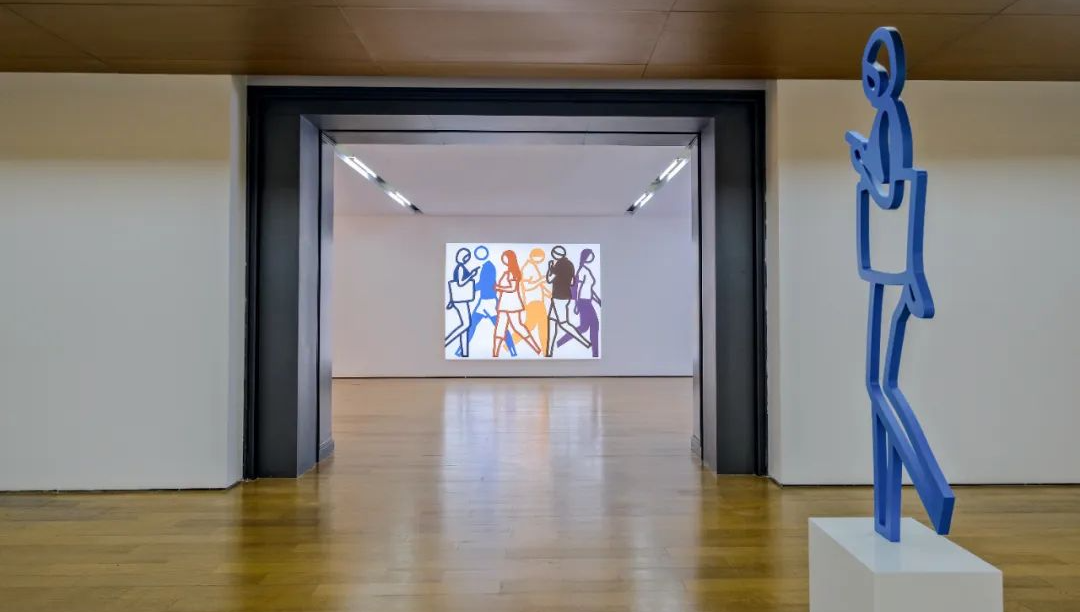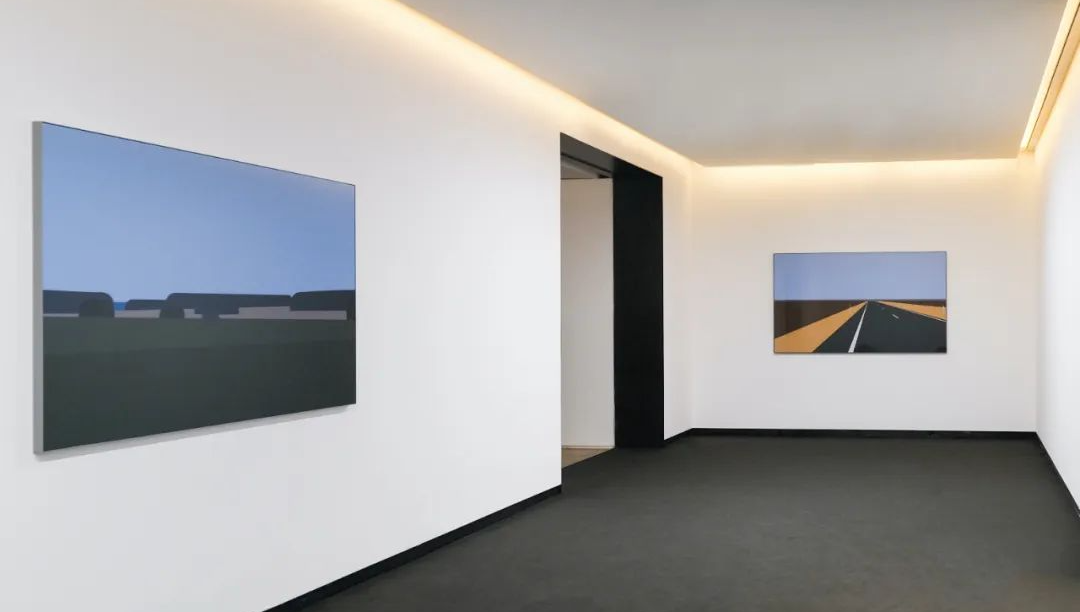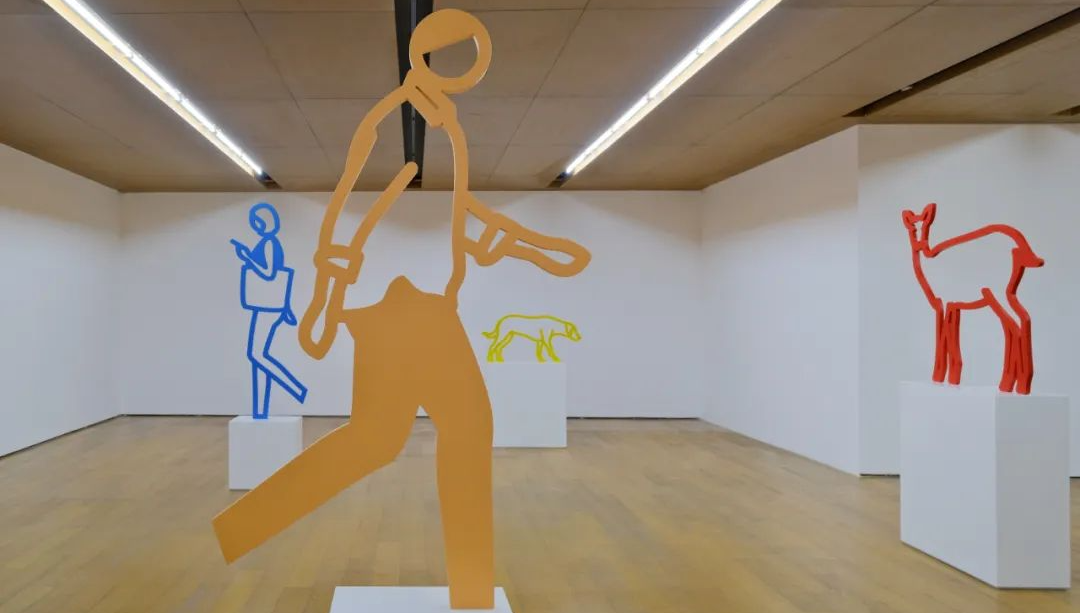Installation
Overview
He Art Museum is pleased to present ‘OP.VR/HEM@shenzhen’, an exhibition by renowned British artist Julian Opie, at MIXC World, Shenzhen. This will be the artist’s first solo exhibition in southern China and features the world premiere of his newest virtual reality work.
The work of Julian Opie is well known throughout the world; with public commissions across cities including New York, Seoul, London and Zurich, alongside an uninterrupted flow of international museum exhibitions, Opie’s distinctive formal language is instantly recognisable and reflects his artistic preoccupation with the very nature of representation and the means by which images are perceived and understood. Drawing influence from classical portraiture, Egyptian hieroglyphs and Japanese woodblock prints, as well as public signage, information boards and traffic signs, the artist connects the clean visual language of modern life with the fundamentals of art history.
Always exploring different techniques both cutting edge and ancient, Opie plays with ways of seeing by reinterpreting the vocabulary of everyday life. His reductive style evokes both a visual and spatial experience of the world around us. On display for the first time in this exhibition is a new virtual reality work by Opie. In this piece, the artist creates an exhibition space with sculptures presented on plinths and paintings displayed on the gallery walls. The viewer feels they are in a familiar world and can take a small but convincing step into the virtual realm. “I have orchestrated my paintings and sculptures in museum rooms for decades, trying to share my mental models and create a mirrored world that looks and feels as alive as reality,” Opie writes on his initiatives to construct the three-dimensional interactive experience through VR.
Scenes of Opie’s works are represented in both reality and virtual reality: also on display are a series of portraits and landscapes, alongside installations and sculptures, depicting the interconnectivity of the urban environment. Intertwined, these works resonate with the viewers, leading them to enter and experience through various sensory inputs - sound, touch, and balance, as well as vision.
The work of Julian Opie is well known throughout the world; with public commissions across cities including New York, Seoul, London and Zurich, alongside an uninterrupted flow of international museum exhibitions, Opie’s distinctive formal language is instantly recognisable and reflects his artistic preoccupation with the very nature of representation and the means by which images are perceived and understood. Drawing influence from classical portraiture, Egyptian hieroglyphs and Japanese woodblock prints, as well as public signage, information boards and traffic signs, the artist connects the clean visual language of modern life with the fundamentals of art history.
Always exploring different techniques both cutting edge and ancient, Opie plays with ways of seeing by reinterpreting the vocabulary of everyday life. His reductive style evokes both a visual and spatial experience of the world around us. On display for the first time in this exhibition is a new virtual reality work by Opie. In this piece, the artist creates an exhibition space with sculptures presented on plinths and paintings displayed on the gallery walls. The viewer feels they are in a familiar world and can take a small but convincing step into the virtual realm. “I have orchestrated my paintings and sculptures in museum rooms for decades, trying to share my mental models and create a mirrored world that looks and feels as alive as reality,” Opie writes on his initiatives to construct the three-dimensional interactive experience through VR.
Scenes of Opie’s works are represented in both reality and virtual reality: also on display are a series of portraits and landscapes, alongside installations and sculptures, depicting the interconnectivity of the urban environment. Intertwined, these works resonate with the viewers, leading them to enter and experience through various sensory inputs - sound, touch, and balance, as well as vision.





